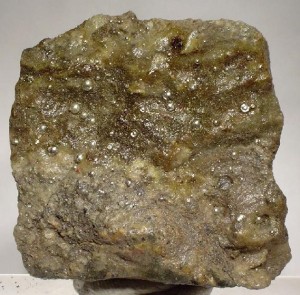The trade in quicksilver (more commonly called Mercury) was a potentially lucrative business at the turn of the nineteenth century. The Spanish Rothschild traders are the subject of this paper who, according to Tristan Platt, has not yet received adequate treatment from historians. The transportation of quicksilver crossed many boundaries (local, national, and international) and involved a varied and dispersed group(s) of people. Minors, shippers, warehouse guards, merchants, commission houses, and various other types and status of people made their livelihoods from quicksilver trade.
Tristan Platt looks as the issue of mobility across these boundaries through the case study of the Spanish Rothschild traders in the first period of trade (roughly between 1835 and 1850). Platt uses the concept of ‘connected histories’ to frame these discussions looking at differing cultures as the quicksilver passed between hands. Check out the abstract below and click through to the podcast either below that or from the sub-title to this post.
Abstract: This paper concerns the uses and movements of quicksilver, necessary for the production of gold and silver in a bullion-based world economy during most of the 19th century. The global distribution of production meant quicksilver had to travel enormous distances before reaching the points where it could be consumed. This is a study of mobility, because quicksilver was transported across many local, regional and national boundaries. Although Almaden dominated supply between 1750 and 1850, there were other important centres of production and consumption, such as China. These could sometimes affect quicksilver flows in the Pacific economy, and create scarcity in America.
Sales of Spanish quicksilver from Almaden were monopolized by Nathan Mayer Rothschild & Sons of London, with few interruptions, between 1835 and 1921. I discuss Rothschild’s worldwide monopoly between 1830 and 1850. On the flow to Bolivia, three “land-bridges”, Almaden to Cadiz, London to Liverpool and Cobija to Potosi, are compared and contrasted. I analyze the interface between Rothschild’s agent on the South Pacific coast, Frederick Huth Gruning of Valparaiso and Lima, the Potosi Mining Bank and private merchants in Potosí and Cerro de Pasco. I end with some preliminary observations on Rothschild’s and his agents’ management of competition from California after 1850, and look ahead to the competing demand from China, which in 1869 raised prices again in America. But did high prices always worry the miners?

